The term minimum viable product or MVP tends to be thrown around a lot in the startup world. If you have heard the term and still don't understand what it actually means, you're not alone. A simple way to describe MVP is as a cake pop version of a three-tiered cake.
Of course, there's more to it than that. Let's review key aspects you need to know and take a look at some examples regarding MVP to help you gain a better understanding of this lower risk startup concept.
What Is a Minimum Viable Product?
A minimum viable product (aka MVP) is a product that's considered good enough to attract first users. It follows a process: Build a tester product. Measure results via customer feedback. Learn customer preferences and how to improve the product.
What Is a Minimum Viable Product?
A minimum viable product, or MVP, is a product that enables a team to collect the maximum amount of feedback from customers on a product with the least amount of effort and resources expended.
The concept of the MVP process gained popularity through startup consultants Steve Blank and Eric Ries. They often mention that a minimum viable product is more about the iterative process than it is about the product.
Source: Hacker Noon
The process is designed to identify any pain points a user may have and develop appropriate changes to the product functionality over time.
To put it simply, MVP follows a build-measure-learn process where you build a tester product, measure results through feedback, and learn what users want so you can improve the product.
The Benefits of Creating a Minimum Viable Product
Creating a minimum viable product is beneficial for your business in several ways. Besides saving time, money, and resources, here are some additional benefits creating an MVP can provide for your startup:
Testing Business Ideas and Concepts
A large benefit of making an MVP is that it gives you the opportunity to test business ideas and concepts for your organization.
Offering a product with a core set of features allows you to test your assumptions about the target audience, and you can change the direction of your product based on your findings. For example, you may find that who you believed to be your target audience doesn’t resonate with your product as much as you thought it would.
Releasing your MVP gives you the ability to identify which audience groups are the most active and responsive users. You can use this information to customize your product functionality more to appeal to these users even more.
Understanding of Market Demand
A minimum viable product helps you to understand what works and what doesn’t through your testing. It gives you an inside look at the market demand your product has.
For example, some businesses may assume they know what user-needs their product fulfills, but this might not be the case. They may be trying to address a problem that doesn’t exist, or other solutions available in the market may address pain points sufficiently already.
You can test market demand with your MVP without having to invest a lot of money to do so. The findings you gather from the market can help you to rework your product instead of having to scrap the idea and start over with a whole new idea.
Gaining New Investors
Many businesses rely on investors and stakeholder buy-in to help them gain adequate funding to start a project. To gain investors, you must make the investor believe that the product you are pitching is viable enough to provide them with the desired outcome (increase revenue and ROI).
Developing an MVP helps you to secure buy-in and investments because it allows businesses and other individuals to believe that your idea will work due to its market validity.
It also gives you a physical product to demonstrate to investors. They don’t have to wait a long time after they invest to see a return on their investment since the product is created and on the market.
Minimal Risk, High ROI
You can maximize the value you get back from an MVP since they require less investment and minimal risk. As you find out what customers need before giving them a polished final product, you are still selling the product you already made.
This means you are making money while trying to figure out what features your customers do and don’t need in your product, which should provide you with a great return on investment.
Faster Release
Making a maximum viable product means you can release your product faster. And who doesn’t want to launch their product faster?
Your product can get in the hands of your customers sooner and cheaper than if you did a full product development with all features. This way, you’ll also learn exactly what your customers want and need faster.
Room For Additional Innovation
The benefits of an MVP don’t end when the product hits the market. The benefits continue to provide your company with value into the later stages of your product development. Using the MVP as a process helps you to respond to your customer’s needs and wants with a laser focus.
And as you update the features of your product, you can take advantage of new technology to help you innovate, design, and integrate even better product features.
5 Steps for Creating a Minimum Viable Product
If you re excited about the idea of creating a minimum viable product for your business, then you may want to know the steps you need to follow to complete it.
1. Identify Opportunities.
Before you create your MVP, you must identify if there is a need for a product like yours on the market. Evaluate your business idea and ask yourself a few questions from the customer’s point of view, such as:
- Do I need this product?
- Why do I need this product?
- How can it help me?
Asking these questions helps you find the proper solutions for your future customers. You also need to identify a problem that your intended target audience has and determine how you can solve that problem.
You may start addressing people’s problems by asking yourself:
- Is there anything I could personally do better if I had the right tool or product?
- Can I create that tool?
2. Determine Long-Term Goals and Business Needs.
The next step you need to take before you create your MVP is to answer the question, “Why am I doing this project?”
This will help you to identify the criteria the product needs to meet to be successful. Having this indicator will provide you with long-term goals to reach.
Write down your goals and what your business needs to be successful to help you stay on track throughout the process.
For example, if you want to develop an app that cuts down the time people spend in a concession stand line at events, your long term goal could be to reduce checkout time by 25 percent.
And the success criteria could be to gain 75,000 active users and to reach $500,000 worth of monthly transactions via your app.
3. Analyze Your Competitors.
If there are already similar products available on the market, you must conduct a competitor analysis regardless of your product’s uniqueness. A competitor analysis involves investigating your competitors' websites, apps, and users to get insights about their rank, monthly traffic, and sources of traffic.
A popular free tool to help you analyze competitors online is called SimilarWeb.
You can also look up your competitors' product reviews to help you identify shortcomings in your own product before you release it to the market, or you can use good ideas from your competitors to make your product better.
4. Decide What Features You Should Build.
Create a particular set of features for each stage of product development. You may list them by features that would be ‘nice-to-have’ versus features that are necessary.
Write the features down and prioritize them accordingly by asking yourself these questions:
- What is the main feature of my product, and what does it help my users accomplish?
- What other features can I offer?
Once you’ve determined all of the features with each of their priorities, you can decide which features to include in the first version of the product, what it’ll look like, and begin creating your MVP prototype.
5. Build, Test, Learn.
The last step is the development stage when the product is close to being finished. It then needs to be tested by quality assurance engineers who assist you with improving the quality of your product before its release.
After this testing is complete, you can move on to alpha or beta testing.
Based on the feedback you receive from beta testing, testing conducted in the real world by users, you may consider applying the feedback by implementing changes in newer versions of your product.
Only critical changes should be made immediately with an MVP. User feedback means that your build, test, learn cycle repeats over and over again for each product version.
4 Minimum Viable Product Examples
To help you better understand the way a minimum viable product works, here are a few real-world examples from successful companies.
Airbnb
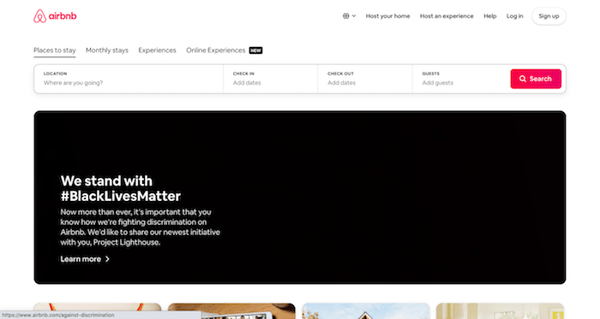
Airbnb was founded in 2008 because its founders could not figure out how to make the rent for the upcoming month. This led them to the decision to transform their living room by putting an air mattress in there to host three people.
Once they earned money by renting their living room as a bed and breakfast, they started a small website. They initially couldn’t find many users for the platform, so they began to use Craigslist by providing homeowners with the option to automatically post to Craigslist, and the idea took off.
The first website was an MVP and doesn’t compare to all the offerings they have on their website now. A little over 10 years later, Airbnb is now a billion-dollar company.
Amazon
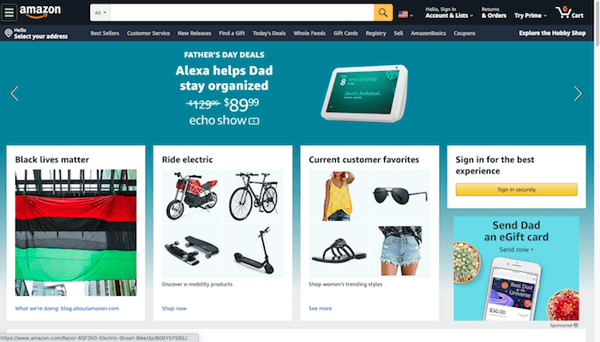
Jeff Bezos, founder and CEO of Amazon, began writing down a list of 20 products that may do well if they were marketed online sometime in the '90s.
He was able to narrow the product list down to items such as computer software, videos, computer hardware, and books. Bezos concluded that selling books online would be his best bet due to a large worldwide demand for literature, the low cost of books, and their wide-range of availability.
In a garage somewhere in Washington, Bezos created a simple website with a catalog of books, buying directly from the distributor when a customer ordered one. Later on, Amazon started selling more products and began personalizing the site for each visitor.
Fast forward to now, Forbes recently announced Amazon as the world’s largest retailer.
Dropbox
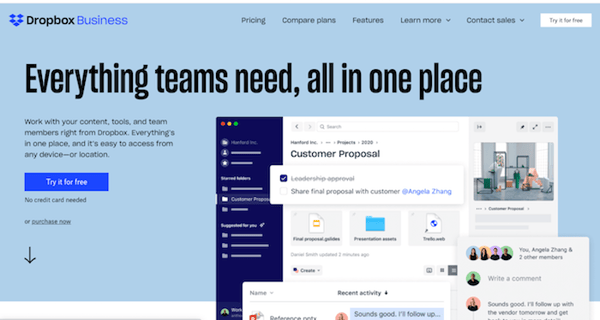
Dropbox created an MVP that was only a short demo video when the technology was in prototype stage. The video explained how to drag and drop files in Dropbox.
This one video provided them with thousands of site visitors signing up to be beta testers of the product.
Spotify
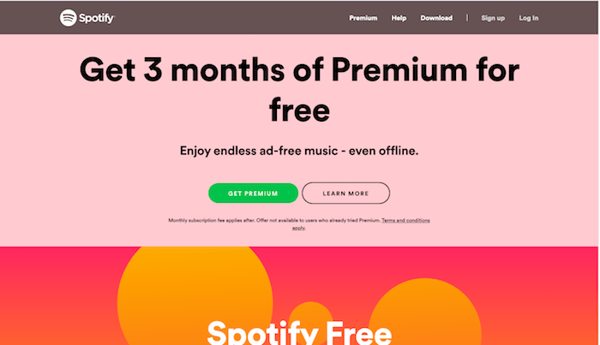
Spotify started in 2006 based on a couple of assumptions. The first assumption was that people are fine with streaming music rather than owning it, and the second assumption was that artists and labels are fine with allowing listeners to stream music.
They then began a prototype using music they had ripped themselves on their laptops. They just wanted to see if it was possible and to ensure the music played instantly.
After that, they developed a rough MVP and tested it with family and friends. The running prototype allowed them to pitch the idea to music labels and investors.
Starting a business can be complicated in many ways, but creating a minimum viable product can make it more lucrative and easier for you to accomplish.
When you think about your product ideas and start to flesh out feature ideas, avoid a big and polished product delivery. Instead, conduct the delivery incrementally and iteratively.
Use an MVP to crawl before you can walk, run, and eventually fly like many of the companies in our examples.

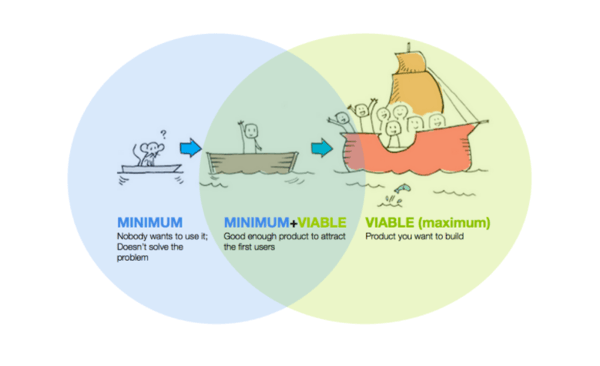
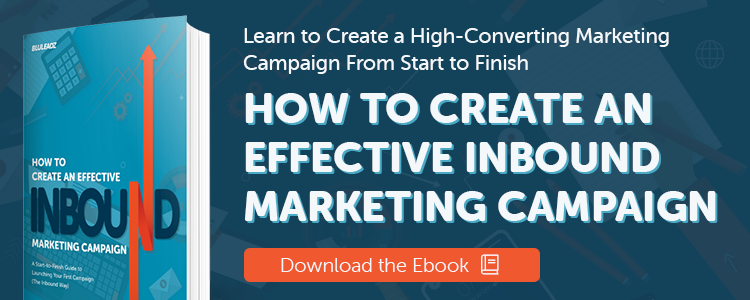
Erika Giles
Erika is a Marketing Copywriter at Bluleadz. She is a huge fan of houseplants and podcasts about conspiracy theories. She spends most of her free time reading, writing, and enjoying the outdoors.